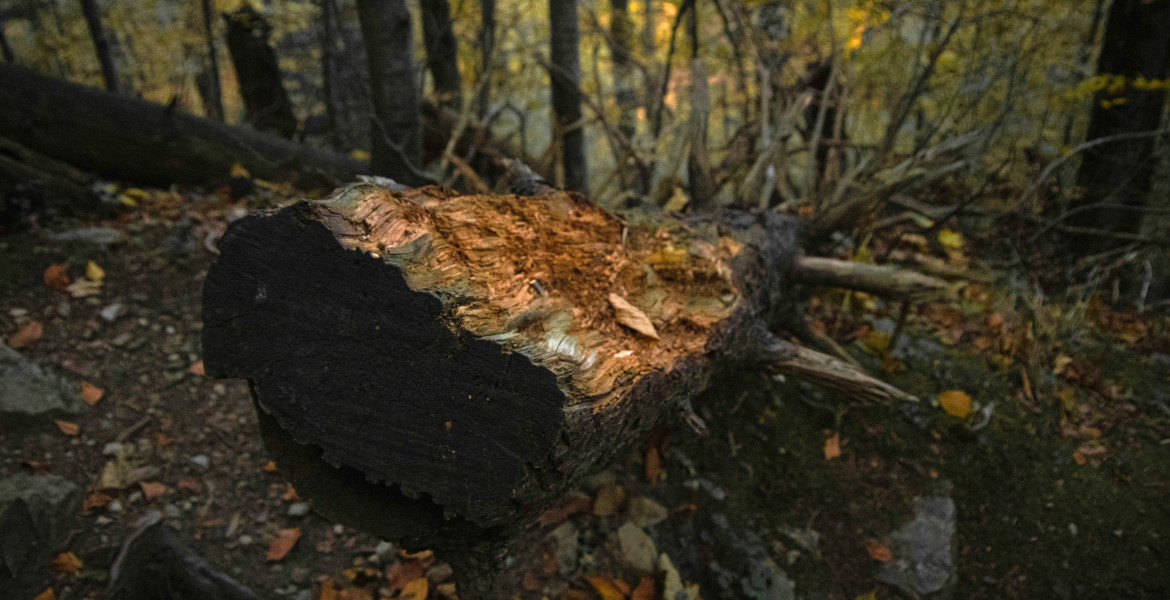The preliminary study on the possible reintroduction of wisent (also known as European bison) in Sweden has now been completed. It concludes that the animal is biologically well suited to the Swedish landscape, but that there are some legal and sociological uncertainties that require further study.
In May last year, the Swedish University of Agricultural Sciences (Sveriges lantbruksuniversitet – SLU) and the Swedish Forest Society (Skogssällskapet) began a feasibility study on the reintroduction of wisents in Sweden. The animals used to live mainly in central Sweden, but became extinct in the 11th century. Today the species can be found in reintroduced populations in Poland, Ukraine, Lithuania, Romania, Russia, Slovakia and Belarus.
The feasibility study looked at the impact of the Wisent on nature in other parts of the world and placed the species in Svanå, north of Västerås, to study the animal in a Swedish environment. The results show that the species would fit well into the landscape and are expected to have a positive impact on biodiversity, benefiting the plants and small animals that depend on a more open landscape. The study also looked at how reintroduction could affect forestry.
– We concluded that one bison would have about the same impact on the forest as half a moose. That is, less impact than a moose in terms of what the forestry industry calls ‘forest damage’, but which is actually a biological benefit when the animals graze on tree seedlings. Wisents do not eat as much shrubs and trees as moose, says Carl-Gustaf Thulin, a researcher at the Swedish University of Agricultural Sciences, according to the Swedish Forest Society.
May affect agriculture
One of the reasons for reintroducing the animal in Sweden is to prevent overgrowth. In the past, cows grazing in the forest could counteract such problems, but today there is a lack of large grass-eaters in the forests, they say. Elk and deer graze more on brush and plants, while bison graze more like cows, which can also have negative effects on agriculture. The feasibility study found that one bison is equivalent to about ten fallow deer in terms of grazing impact on agriculture.
– The impact on agriculture is a very important aspect to consider. We need to have an open and constructive dialogue about it.
The reintroduction of the species has met with some criticism, including from the Swedish Hunters’ Association (Jägarnas Riksförbund), which argues instead that pastoralism and forest grazing could increase biodiversity “without the conflict situations that wild bison will inevitably lead to”. However, they argue that this is not currently possible because of “the current predator density”.
However, there are a number of legal and sociological issues that are unclear and need further study.
– Svanå in Västmanland, which the feasibility study used as an example of an establishment site, has proved to be well chosen based on the needs of visitors. On the other hand, the legal aspects have turned out to be complicated, and we need to learn more about the legal consequences of a possible introduction as well as the sociological and local aspects, says Thulin.
The wisent (Bison bonasus) or European bison is one of two surviving species of bison, alongside its larger American relative.
The wisent is the last wild bovine animal and also the heaviest land mammal in Europe, with bulls weighing on average around 460kg and cows around 340kg. However, the largest wild wisent has weighed 820kg. The height of cows can be 1.67 metres and bulls up to 1.88 metres. The length of the animals can be up to three metres without including the tail.
A wisent can run up to 50 kilometres per hour and jump two metres from a standstill.








